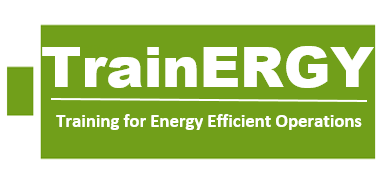TrainERGY will have a direct impact on enhancing academia’s capacity to produce more market oriented energy efficient operations (EEO) curricula. This outcome is directly pertinent to industry-academia co-operation for innovation and best practices with respect to EEO, and can also support policy reform in this area, leading to more prepared graduates ready for the market. Also, TrainERGY will enable transnational EEO skill development/learning mobility leading to EEO homogeneity in EU.
Overall, TrainERGY follows up the recent plans of the EU to promote improved, efficient and clean operations by 2050 and is also relevant to the EU2020 targets for R&D, climate change and energy efficiency. This makes TrainERGY directly relevant to the current objectives of the participating organizations.
Additionally, TrainERGY is aligned with the goals of Strategic Partnerships for academia-industry collaboration and the promotion of innovation and best practices. Accordingly, TrainERGY is in line with the Headline Education Target (from EU2020) and with the EU Higher Education Modernisation Agenda by providing incentives for higher education internationalization, market-oriented curriculum development, and co-creation with business through integrated features that will lead on the long term of better involvement and support from the industry side to academia. Similarly, TrainERGY is in line with the European cooperation in education and training (ET2020) strategy by fostering life-long-learning, improving the quality of education through industrial engagement, and promoting creative thinking towards EEO.
The Indirect Beneficiaries of TrainERGY can be categorized as the following:
1) Academic staff from EU academic institutions (that have courses related to EEO) that will have the opportunity to incorporate the EEO curriculum
2) Participants in the multiplier events
3) Users (academics, students, industry staff) of the public VLE (targets engaged into utilizing the VLE with all its content)
4) Local/national/European/international Governmental organizations institutions and technology transfer offices that will gain a best practice/model of an open innovation and co-creation framework for university-industry in terms of EEO curriculum development
5) Masters students studying EEO related fields from the participating universities
6) Staff from the participating industries/SMEs and associations
